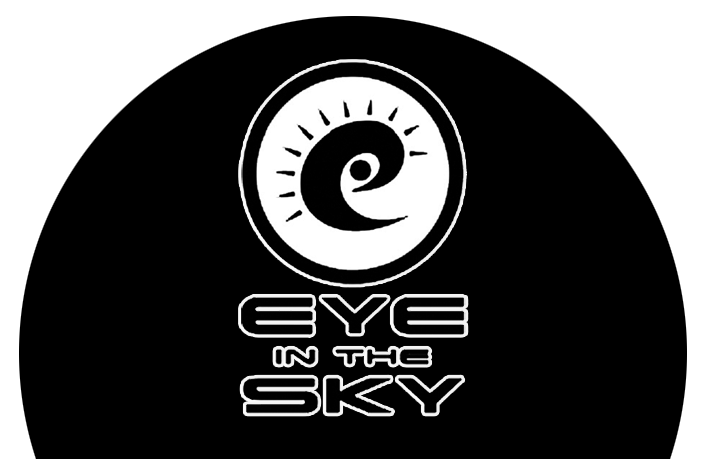PAINTING WITH LIGHT
LIGHTING - Painting with light
Thie is a great technique where you can highlight objects during a long exposure…..with a torch! But the idea is to not see the torch or show a static beam, so you wave the torch quickly and evenly in effect ‘painting’ the scene. But the effect is even better under full moonlight, as in this shot of Le Moulin Cajarc in southern France. The torchlight mixes with the moonlight. The camera was on a tripod, with a small aperture of f.32 and an exposure of 40 seconds.
The lights of the village were visible, though to the eye the rest of the scene looked very dark. (1): I took one shot without the torch to see what was recorded. (2) Next was a shot with the torch illuminating the right foreground, the river below me and the yellow leaves to the left. The rest of the light was from the full moon. (3) This image of Mundaring Weir in Western Australia was shot at midnight on a two minute exposure to record the star streaks from the earths rotation. The night was very dark with just a quarter moon to provide ground illumination.
(4) was a moonlit exposure of 40 seconds. (5) same exposure but lit with a torch for 2 seconds. Experiment with this yourself, of course the foreground will be brighter because it is closer to you, so ‘paint’ this last or for the shortest time.
(6) If you point your torch at the camera whilst you move towards it, you will get this effect. But you need the camera on a tripod. You can write your name with the torch, but you have to think backwards!
TO FLASH OR NOT TO FLASH
Sometimes it is tricky to decide just how to light your subject, especially one like the inside of a cave. Here are some options. (A) As is exposed for the entrance glow. (B) Was with camera flash, and (C) painted with torch light. The interior of this cave in the south of France was very dark apart from the small amount of daylight at the entrance. I set the camera on a tripod for a 60 second exposure and waved a torch illuminating the cavity, turning it on and off so not to overlap too much as I waved. The harshness of camera flash may be too much and cold with a scene like this. So to all intents and purposes you are painting with light. You can of course change your colour balance to warm it up (B2).
So you can see there are many options open to you.
PAINTING TIPS © Bruce Wunderlich 2021. His website.
Light painting is subjective, so you’re free to approach it however you like. But here is some advice for getting the most impressive results.Paint from the sides – Don’t just stand behind your camera and wave the light across your image. Painting flat surfaces from the side will allow you to bring out textures.
Use lots of different angles – For instance, when painting the ground, hold the beam low and pan the light along the floor. This will keep the ground from appearing flat, and it’ll bring out all the details of the surface. Also, by adding light from many angles, the resulting image will have an interesting three-dimensional effect.
Don’t stand between the camera and your light source – If you do this, you will show up as a silhouetted ghost in the final photo!
Wear dark, non-reflective clothing and keep moving – Again, you do not want to appear as a ghost in your image!
Don’t shine the light source back at the camera – Otherwise, you’ll create a bright spot in the image.
Use a flashlight with a red filter when you check your camera to make adjustments. The red light will keep you from ruining your night vision.
Different surfaces are going to react to light differently – Wood surfaces may require more light than shiny surfaces such as metal or glass, because rougher surfaces absorb more light than smooth surfaces.
Keep your light moving – Move the beam in slow strokes to add lots of light and make faster strokes in areas where less light is needed.
Paint in up-and-down or side-to-side strokes, just like you’d work with real paint.
You probably won’t get the shot you want on the first try – It may take multiple attempts to get an image that you’re satisfied with. For this reason, try to keep track of how much light you add to each surface. Develop a plan so that you can make adjustments to each exposure until you get the image you’ve visualized.
Thanks to Bruce Wunderlich for the tips!
So it’s up to you as to how you treat your subject. They all work, but for different reasons.
All photographs and text © Jon Davison 2022.
BACK TO MAIN MENU












